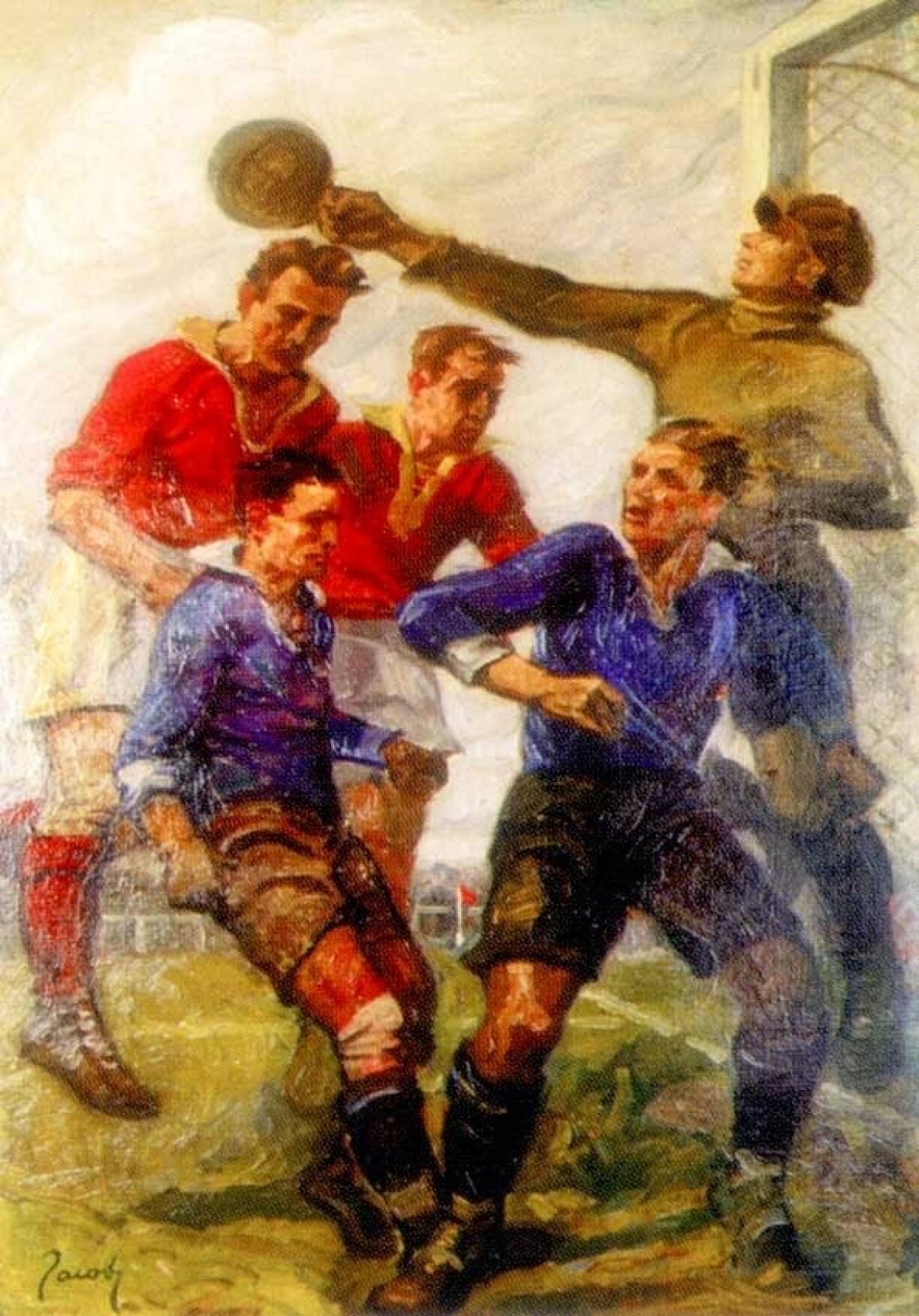
Let’s explore the achievements of Jean Jacoby, a Luxembourg-born artist, made history by winning two Olympic golds, cementing his legacy in the art competitions once part of the Games.
Listen to this episode right here or continue reading below!
Today, we’re concluding our look the history of Luxembourg’s participation at the Olympic Games.
The French Baron Pierre de Coubertin, regarded as the father of the modern Olympic movement, played a pivotal role in re-establishing the Olympic Games, reviving the tradition that had first begun in ancient Greece with the Athens Games of 1896.
Coubertin envisioned art as an integral part of the Olympics, and art competitions were introduced at the Stockholm Games in 1912, gaining more recognition at the Paris Games of 1924.
Five artistic disciplines were featured: painting, architecture, sculpture, literature, and music.
The last Olympics to include art competitions was London 1948, the first Games after World War II. Following this, it was decided that art competitions were too likely to feature professionals, contradicting the amateur ethos that dominated the Olympics until the 1960s and 1970s.
Since then, the art competitions have been replaced with exhibitions and cultural programmes. In a blow to Luxembourg, the medals awarded for art are no longer recognised by the International Olympic Committee in modern ranking tables, meaning the accomplishments of the most decorated Olympic artist in history are almost forgotten.
Jean Lucien Nicolas Jacoby was born in Luxembourg in 1891.
He studied at the École des Beaux-Arts in Strasbourg and taught art in Berlin from 1912 to 1918, before working in the publishing and arts sectors in both Germany and France after the war.
His early works depicted the harsh realities of the Western Front, but he first gained international recognition with his victory at the 1923 French Concours de l’Auto, where his painting of hurdlers triumphed over more than 4,000 entries.
Jacoby would truly make his mark at the Olympics, however.
His dynamic sporting illustrations brought the era’s most iconic events to life, and at the 1924 Paris Games, his Three Sports Studies, including an arresting painting of a football corner kick, won gold in the Open Painting category.
He repeated this success at the 1928 Amsterdam Games, securing another gold in the Drawings and Water Colours event with his minimalist yet striking Rugby.
Jacoby also participated in the economically strained Los Angeles 1932 Games and the politically charged 1936 Berlin Olympics, dominated by Hitler and Owens. Though he failed to replicate his earlier triumphs, he earned honourable mentions in both competitions.
His second wife, Maria, also competed in the 1936 art events.
Tragically, just weeks after the Berlin Games, Jacoby suffered a heart attack and died in Mulhouse, France, at the age of just 45.
Though his medals no longer contribute to Luxembourg’s official Olympic tally, he remains, and likely always will, the only artist in history to win two Olympic gold medals.
Thank you for tuning in! Now what are you waiting for – download and listen, on iTunes, Spotify, or wherever you get your podcasts.
